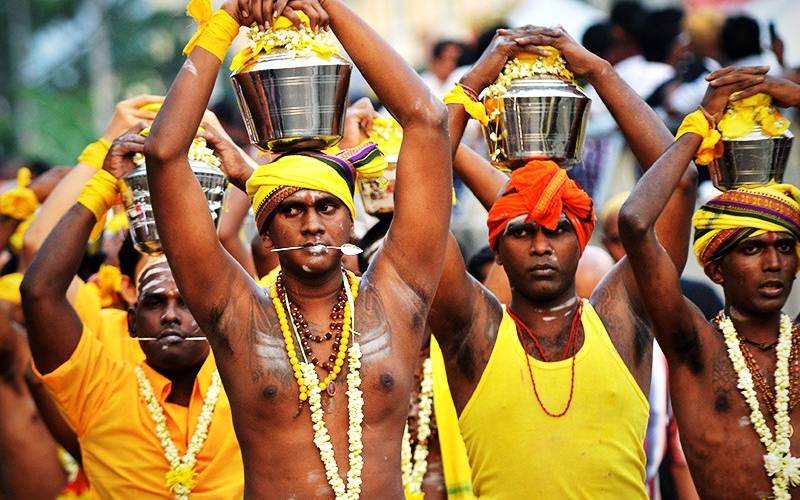
The Tamizh diaspora around the world celebrate Thai Poosam in a big way. This festival falls in the Tamil month of Thai (Mid-January to Mid-February). It was the day when Goddess Parvati blessed her son Lord Karthikeya by handing him the divine Vel (Lance). The vel was used by Karthikeya to vanquish Soorapadman, Thaarakaasuran, and Singamukhan. These three Raakshasa-s (Demons) represented greed, arrogance, and hatred.
Lord Muruga used this vel at Thiruchendur and ensured the victory of good over evil. This vel is known as gnyaanavel, for it helps in destroying the base qualities in us depicted by the demons. Devi Amba had given this to her son Dhandayudhapaani (Karthikeya) at Pazhani in Tamil Nadu. Thai also means ten and Poosam also means poornima/full moon. The Thai Poosam is the time when they celebrate the ten-day-brahmotsavam at the Pazhani Dhandayudhapaani Swami Temple.
Hundreds and thousands of people congregate at the hill temple in Pazhani and this temple is one of the padaiveedu-s of Lord Muruga. Padaiveedu is normally a place where the garrison is present, and Lord Muruga supposedly trains in six places. These places were collectively known as the aaru padaiveedu. Is He not otherwise known as Deva Senapathi (Commander of the Gods)? Therefore, he is ever present at these padaiveedu-s.
The ancient Tamizhargal (Tamizh people) were staunch Hindus. They celebrate Maayon (Krishna) and his nephew Seiyon (Muruga). The Brahmotsavam at Pazhani would be celebrated in a grand manner and Lord Muruga would be taken around in the Periya kudhirai vahanam (Big golden horse), Periya thanga mayil (Big golden peacock), Thanga thaer (Goden car). The Thepotsavam or the float festival would be an integral part of these celebrations. This festival would get crowded on the day of the Thai Poosam.
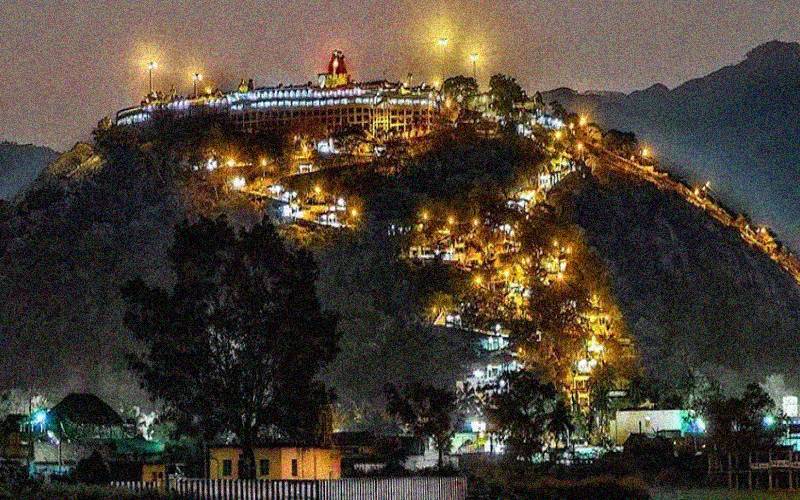
Lakhs of devotees would walk from different parts of Tamil Nadu to Pazhani. Choultries and the public would offer food to these people participating in the divine Thai Poosam Walkathon. Walking tracks were created to facilitate a smooth passage. Devotees would wear green/saffron/yellow dhothi-s and walk along in the name of Muruga on their lips. Women would also follow a similar dress code.
The rich and the poor, the young and the old, the powerful and the meek, would supplicate in front of the Commander of the Gods, Lord Deva Senapathi.
Devotees would observe celibacy for 48 days and they would be wearing tulasi/spatika/rudraksha maala during that period. Many of them will be found carrying a kaavadi. It would be normally made of wood and would be having a c-shaped arc atop it. It would be decorated with pictures of Lord Karthikeya and peacock feathers. Some devotees would carry milk in pitchers and also fruits, vegetables, etc. These would be offered in the temple at Pazhani or the Muruga temple of their choice.
The devout amongst them would pierce their body with hooks, skewers, and small lances known as vel. These lances would be pierced through the cheeks on either side. Many of the devotees would tonsure their head and apply sandalwood paste on themselves. The holy ash or the vibhuthi will be found on the forehead, neck, arms, and the chest. Many of the devotees would carry karagam-s on their head and would dance en route. Kaavadi aatam (Dancing with the kaavadi) and karagaattam are part of these celebrations.
Several devotees would offer food to the needy in the name of God. The followers of Muruga would only consume saatvik food during the Thai Poosam period. The Tamizh people have celebrated the Thai Poosam in literature, dance, drama, and cinema. Several singers have rendered songs connected with the Thai Poosam and lectures by leading scholars would be part of the celebrations. Every Subramania temple would be decorated with mango leaves, plantains, and festoons made of leaves. The deity would be offered the special ritual bath. Milk, curd, ghee, scented-water, tender coconut, turmeric paste, sandalwood paste and Panchamritham (A dish made with five items).
The faucet attached to the sanctum would be really crowded for the devotees who try to seek the items used for ablutions through it. They would sprinkle, drink, while also collecting it in containers to distribute to their family and neighbors. The holy panchamritham would be sold in temples and the devout would take it home. This panchamritham and the vibuthi would be used at home every day. Many families would celebrate Thai Poosam by being at their home. The entire family would fast and celebrate the occasion.
Reading of the chapters from ‘Skanda Puranam,’ reciting ‘Skanda Sashti Kavacham,’ ‘Shanmuga Kavacham,’ ‘Thirumurugaatru Padai,’ and ‘Thirupugazh’ would be done on the day of the Thai Poosam. The stories of the historic devotees like Arunagirinathar and Avvayaar would be the subjects at the Pravachanam (lectures) on Thai Poosam. Sale of pooja items like flowers, camphor, oil, ghee, vibhuthi, sandalwood paste and panchamritham would be brisk. All the food outlets in and around the temple towns would be very busy. There would be a demand for dhothi-s, canes used for walking and kaavadi-s, books and pictures of Lord Shanmuga. The business of selling religious souvenirs would be at its best. One can observe the benefits of cultural and religious commerce.
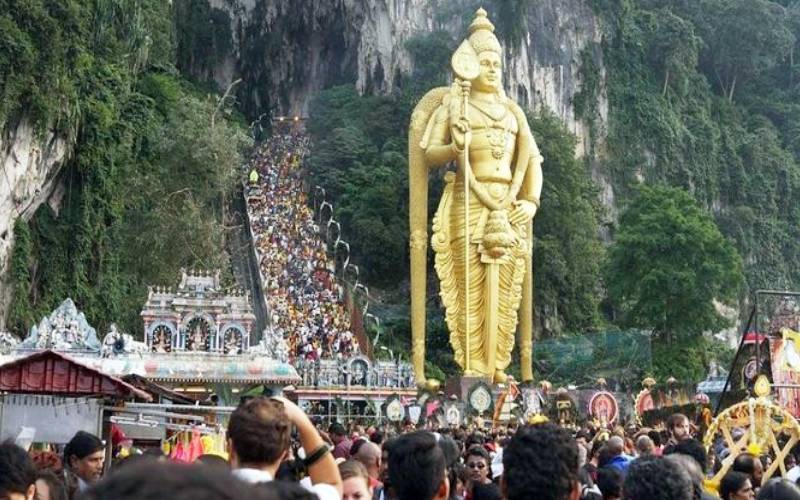
The diversity of tradition in India ensures that cultural commerce takes care of the economy. It is high time that the economists start considering the celebrations like Thai Poosam while talking about GDP projections. The Thai Poosam is also the day when Lord Shiva had performed the aananda thaandavam. No wonder it is a day of joy and devotion.
Indians and particularly Tamizh people in Malaysia, Singapore, and South Africa celebrate the Thai Poosam with gay and abundance. The people at Malaysia visit the Battu caves, the shrines in Singapore would be crowded beyond imagination. The Thamizh subjects at Mauritius, Figi, Indonesia, America, Europe etc., make it a point to visit their favorite shrines of Lord Skanda. Public holidays would be declared in some of the international towns and the media would be enriched with details which talk about the Thai Poosam celebrations.
Ardent devotees of Lord Subramania would make sandalwood paste and vibhuthi at home to offer it in a temple. Traditional weavers of the yore are known to weave clothes for Lord Muruga and make it over as an offering. Lord Subramania would be decked with the best of clothes and jewelry on Thai Poosam and his benign smiling face in the company of his consorts, Valli and Deivayanai and his devotees would be a sight to behold.
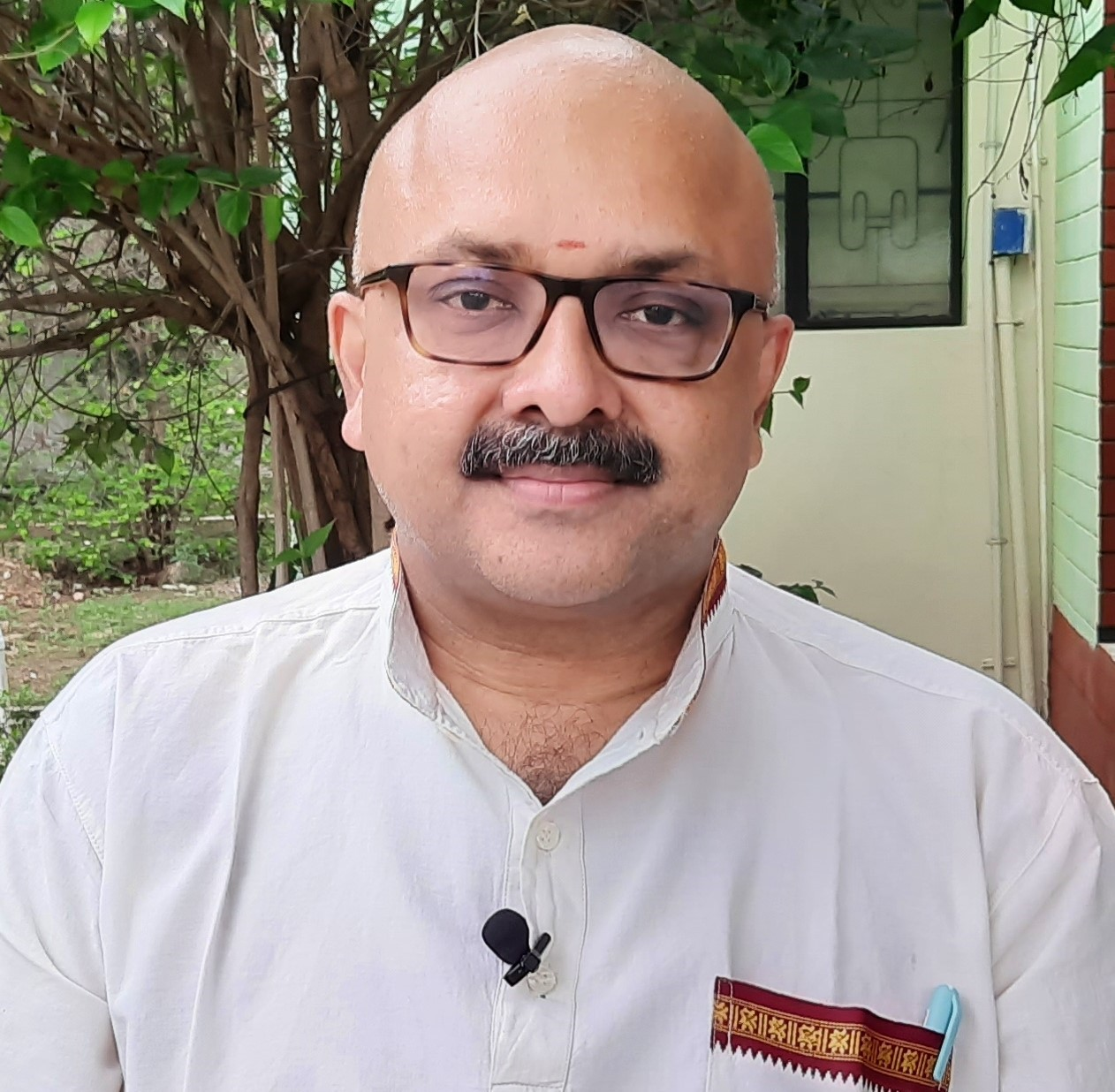
Mr. Rajesh Govindarajulu is one of the founding members of the Verandah Club Pvt. Ltd. He is a leading columnist, historian, jeweler, entrepreneur, and a heritage enthusiast who is earnestly working to revive the past in the light of the present. Experiential learning about the history of Coimbatore is his main course of interest and he is also a panel member of many colleges in the city.
NEXT ARTICLE
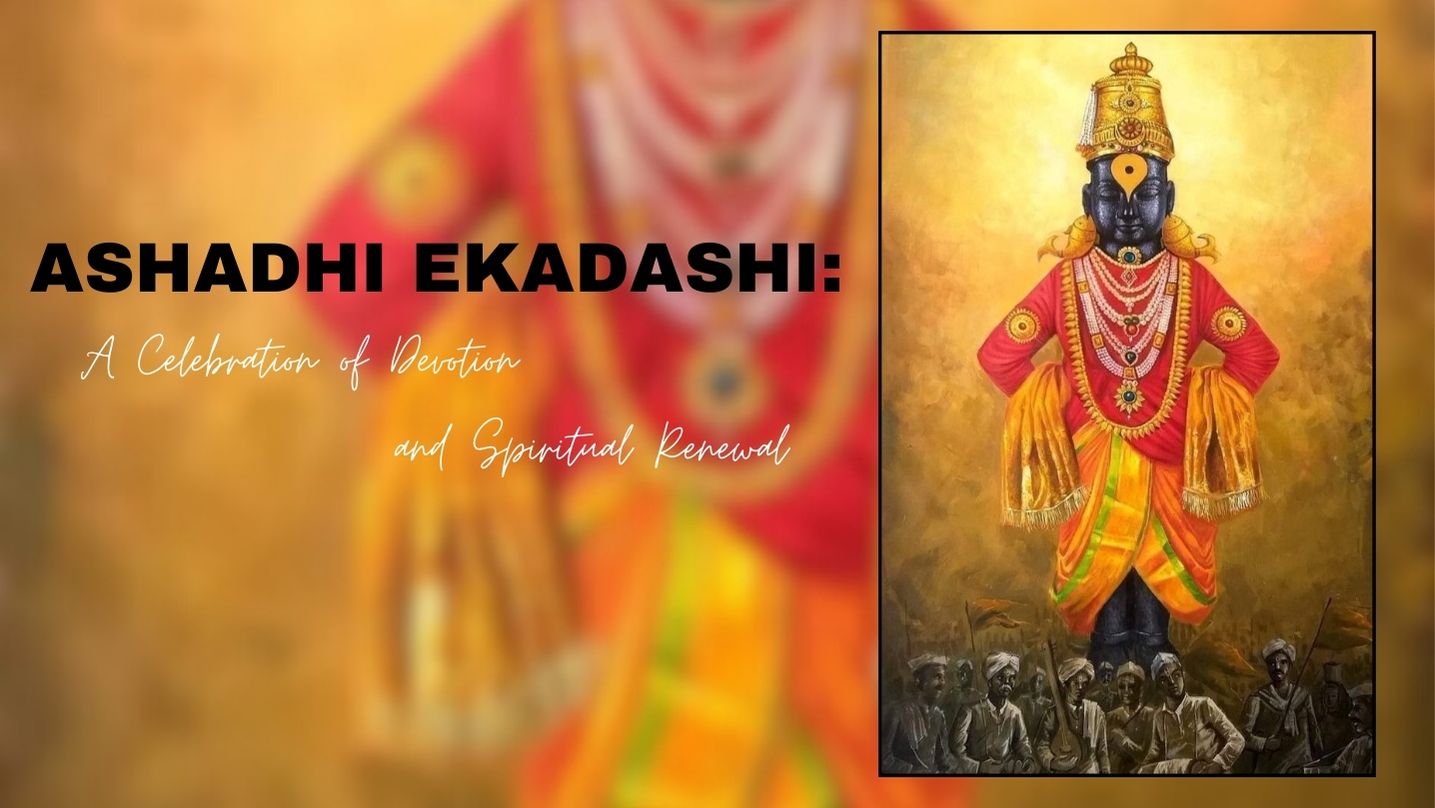
Ashadhi Ekadashi, also known as Shayani Ekadashi, falls on the 11th lunar day (Ekadashi) of the bright fortnight (Shukla Paksha) of the Hindu month of...
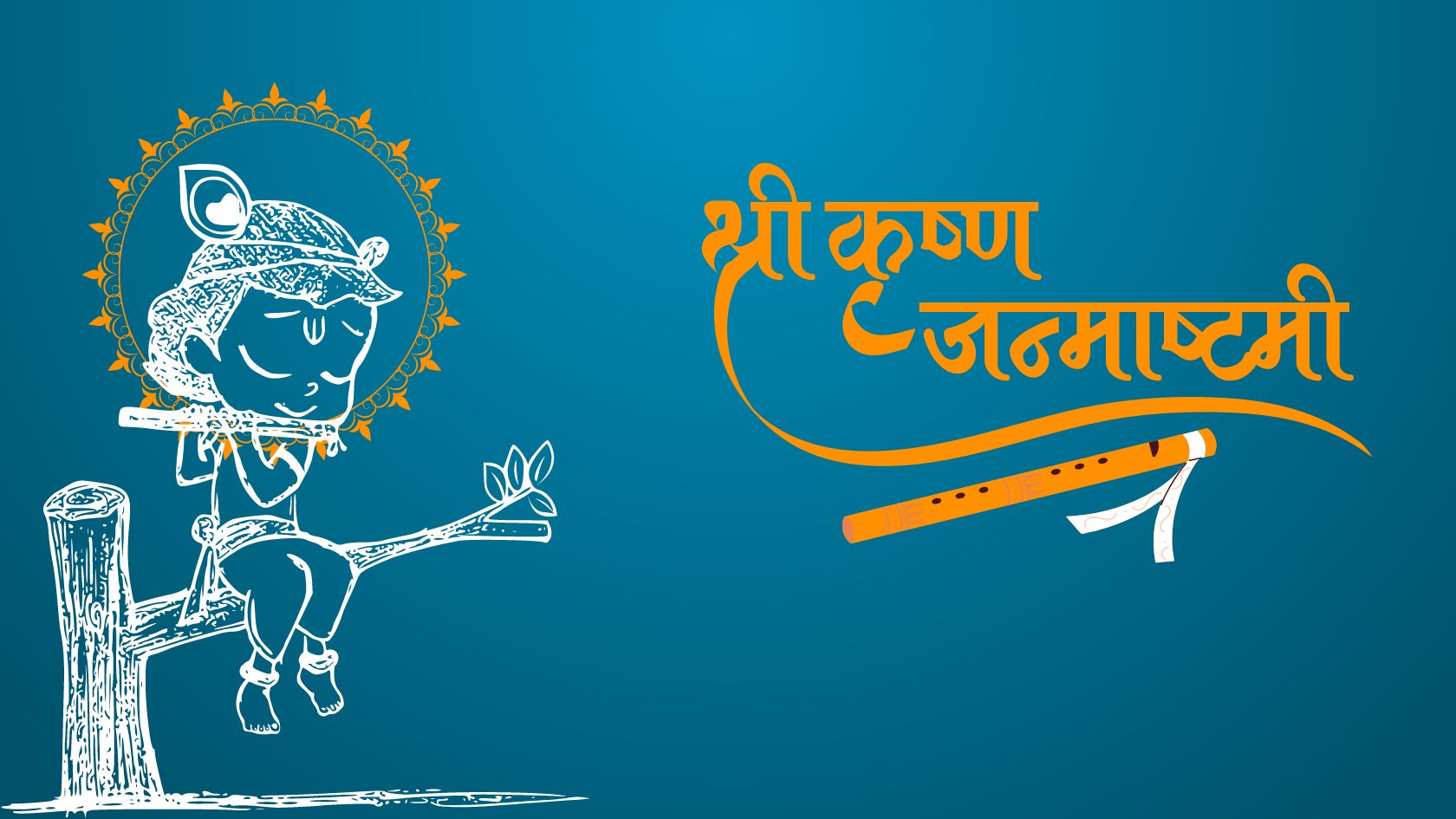
Every year, as the monsoon rains dance on the fields of India, an ancient story unfolds in the hearts of millions. It is the story of Krishna, the bel...
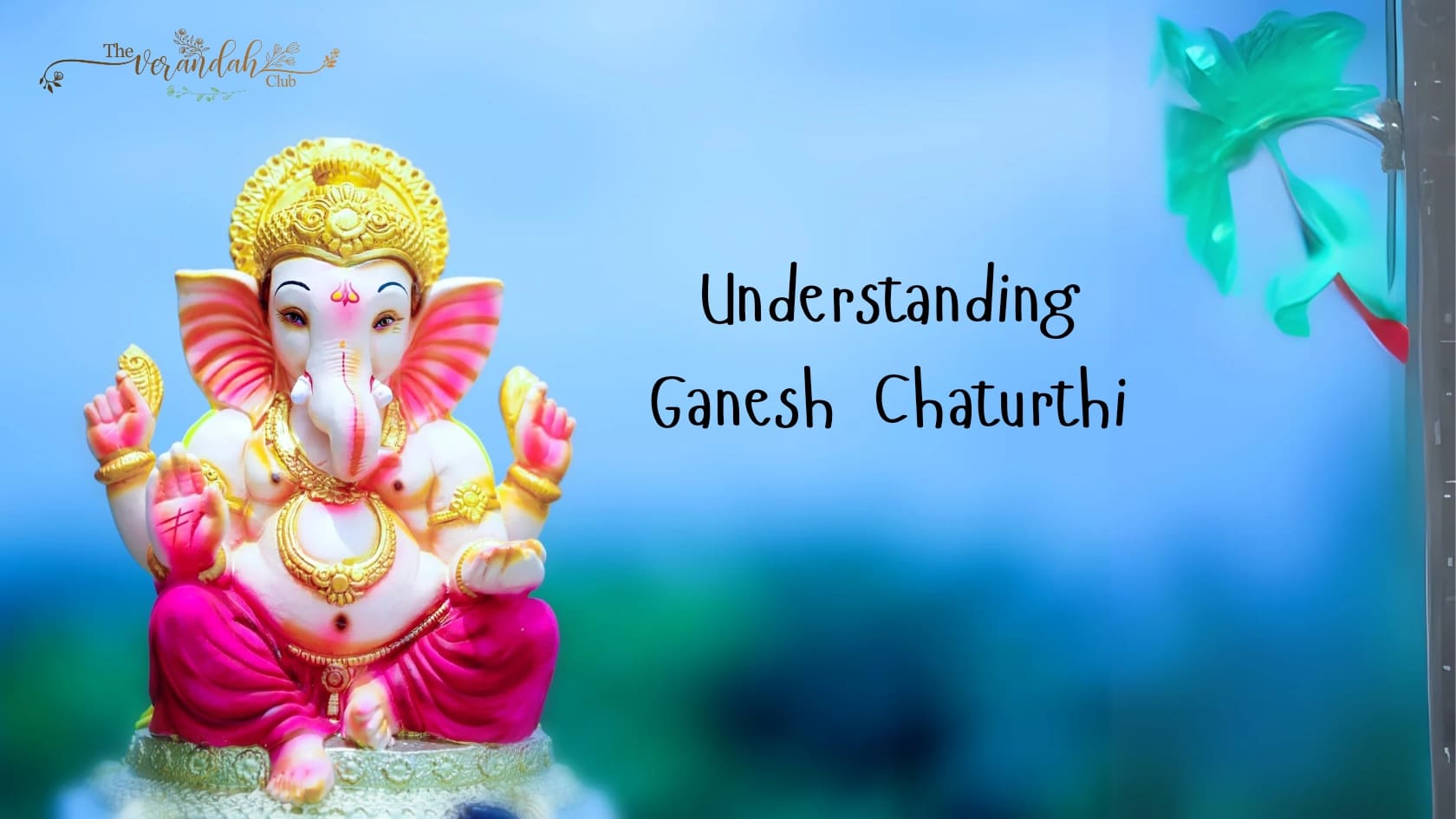
Ganesh Chaturthi, also known as Vinayaka Chaturthi, is a significant Hindu festival that honors Lord Ganesha, the deity revered as the remover of obst...